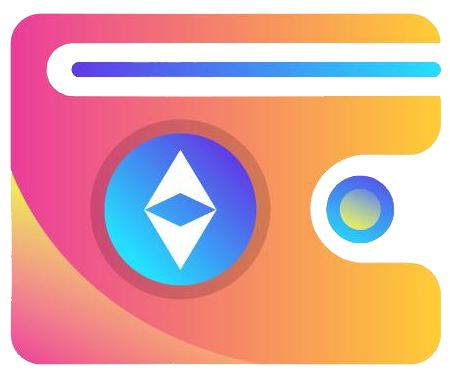The recent integration between the Ronin blockchain and OpenSea signifies a monumental shift in the NFT landscape. For far too long, NFT creators and collectors have been shackled by the limitations of closed ecosystems, preventing them from maximizing the potential of their digital assets. By allowing Ronin-based NFTs to be traded on OpenSea, a platform recognized globally for its liquidity and expansive reach, this partnership significantly enhances trading opportunities. This is not just an incremental step—it’s a giant leap toward democratizing access to NFT markets, thereby fostering a new community spirit among creators and collectors who now have broader avenues for engagement and profit.
Disruption in NFT Creation
Additionally, the introduction of OpenSea Studio as a no-code NFT creation tool cannot be overstated. For years, the NFT space has been mired in unnecessary complexities that deterred numerous creative minds from participating. With OpenSea Studio, even those without a technological background can step into the NFT arena and launch their collections seamlessly. This is revolutionary. It eliminates the barrier to entry that has historically kept talented artists and creators on the sidelines, cultivating a more inclusive environment filled with diverse voices that reflect real-world creativity.
Boosting the Ronin Ecosystem
The economic implications of this partnership are equally significant. Channeling 8% of OpenSea’s transaction fees from Ronin-based NFTs back to the Ronin Treasury is a strategic move that bolsters the network’s sustainability and growth. Too often, cryptocurrencies and digital assets face speculative bubbles, leading to short-lived ecosystems. This model, reminiscent of a sustainable revenue-sharing approach, aids in solidifying Ronin’s long-term viability. Furthermore, it gives users a vested interest in the health of the network, fostering community ownership and reinforcing loyalty.
Royalty Dilemma: A Double-Edged Sword
However, not everything is smooth sailing. The split approach to royalty enforcement raises some eyebrows. While OpenSea commits to honoring royalties on collections that adhere to the newer ERC-721C and ERC-1155C token standards, older collections are left in limbo. This disparity threatens to create friction and confusion among creators, who may inadvertently lose out on potential revenues. Making sure all platforms are aligned on royalty enforcement is not just a technical necessity; it’s critical for maintaining trust within the creator community, where livelihoods are increasingly dependent on these digital assets.
A Limited Time Opportunity
Finally, the launch of commemorative NFTs, Jin and Ronke, tied to this integration adds an exciting layer to the announcement. Offering something for free is a smart move by Sky Mavis to entice users to connect their wallets and immerse themselves in this evolving ecosystem. Yet, one must question the long-term strategy here: will these freebies suffice to build a loyal user base, or will they simply attract those looking for short-term gains? This is a crucial dynamic that will unfold in the coming weeks and months.
The strategic partnership between Ronin and OpenSea has opened up a myriad of possibilities for NFT trading and creation, but it also comes with challenges that need to be addressed to fully realize its transformative potential.















